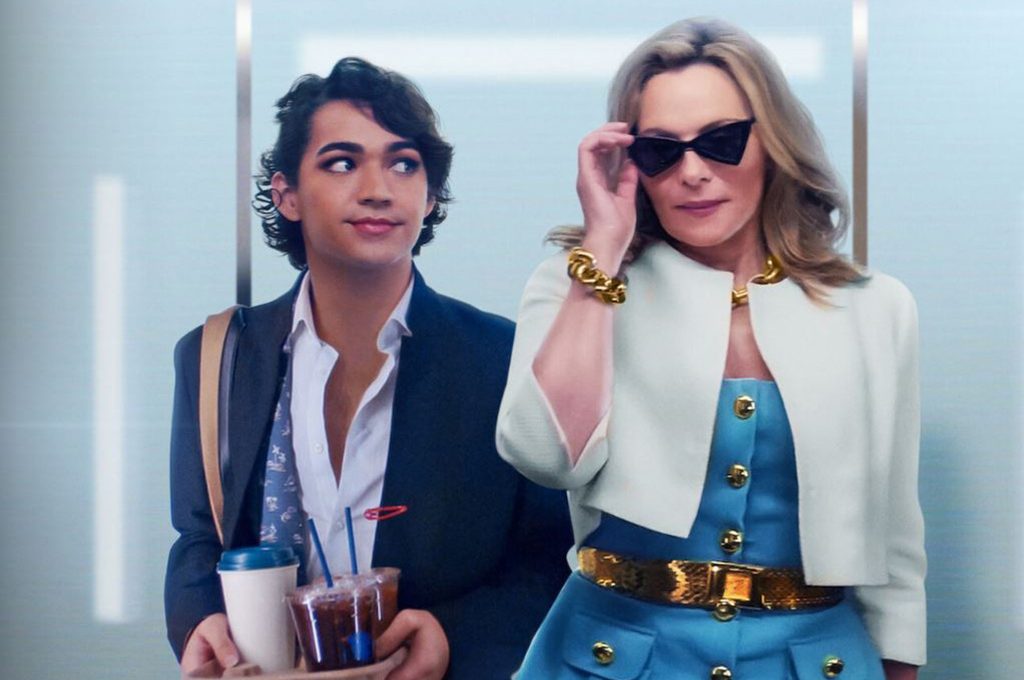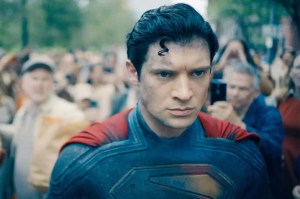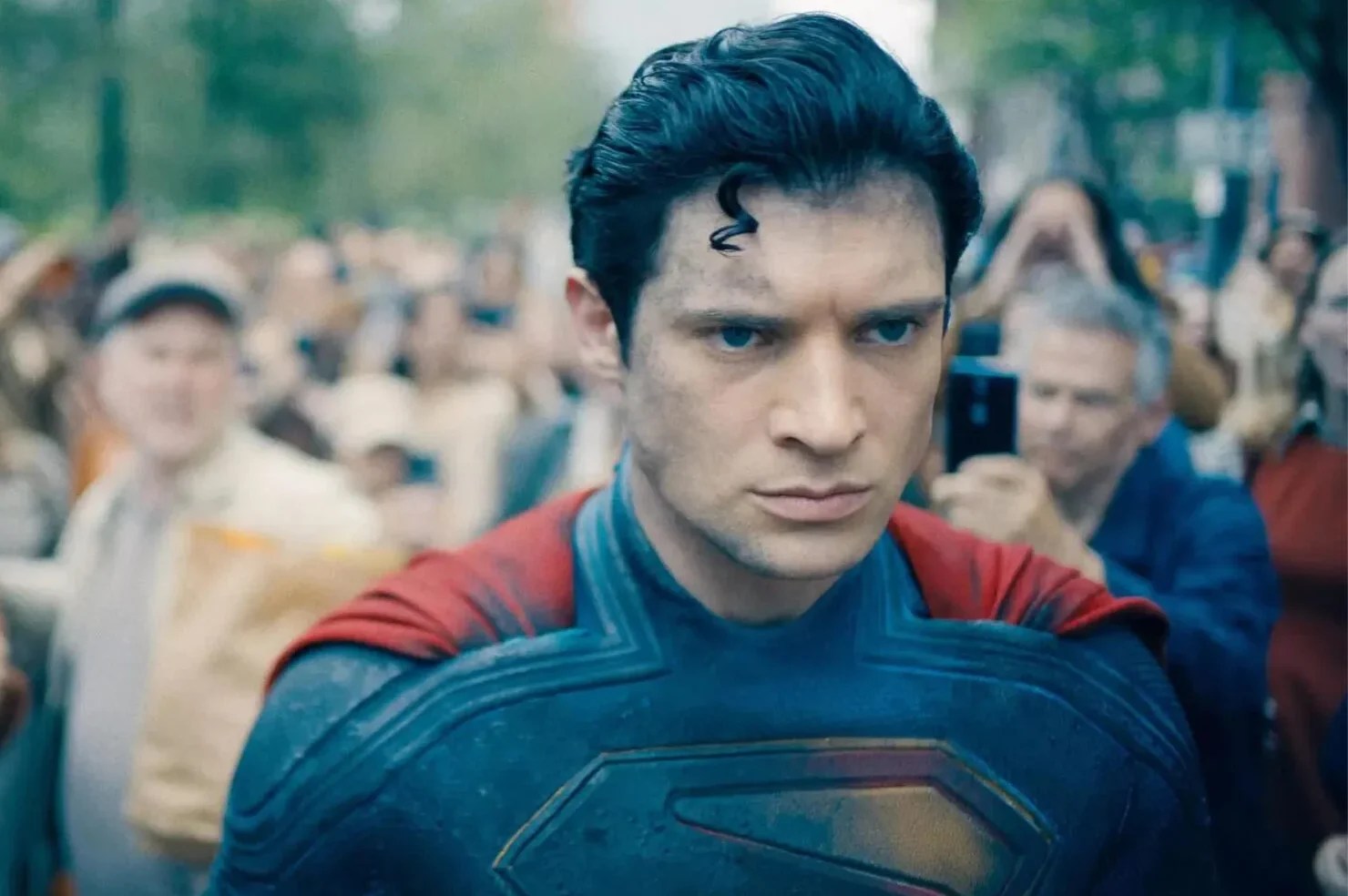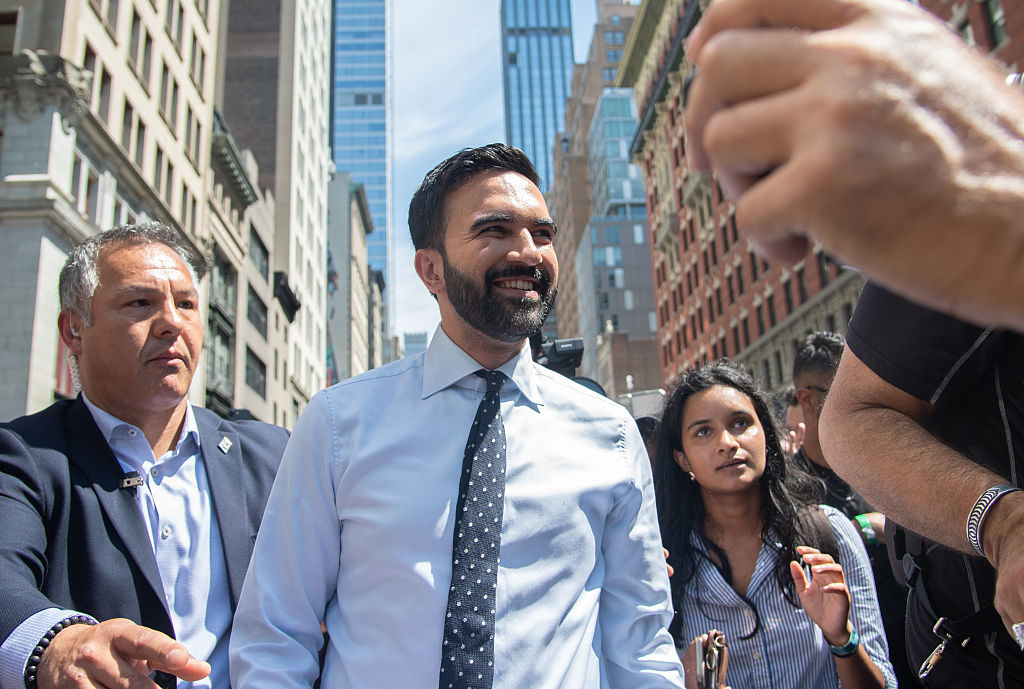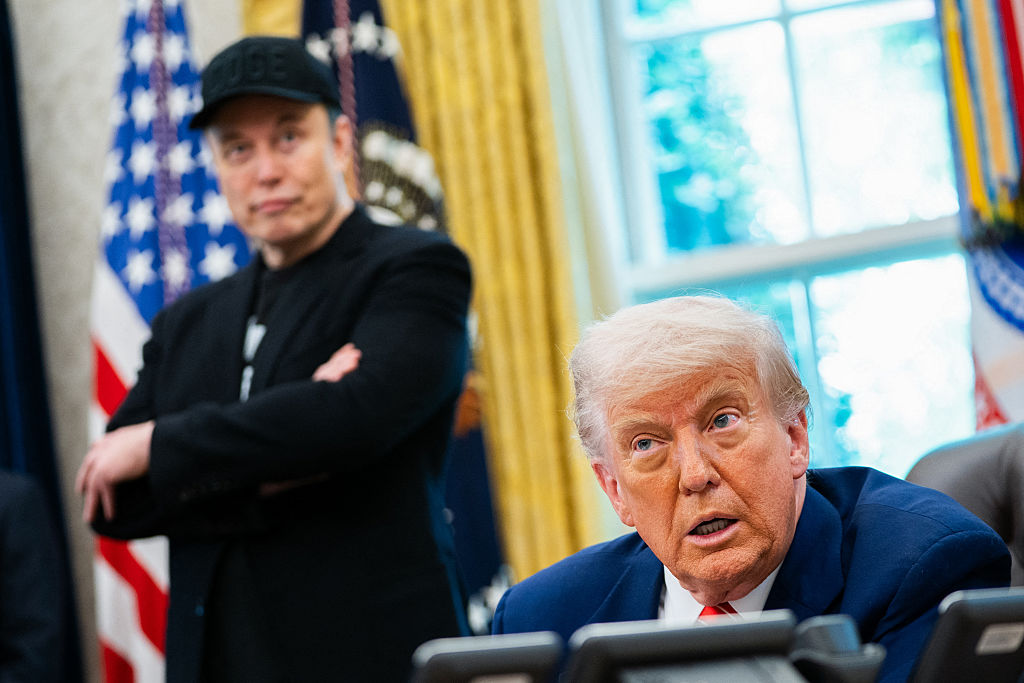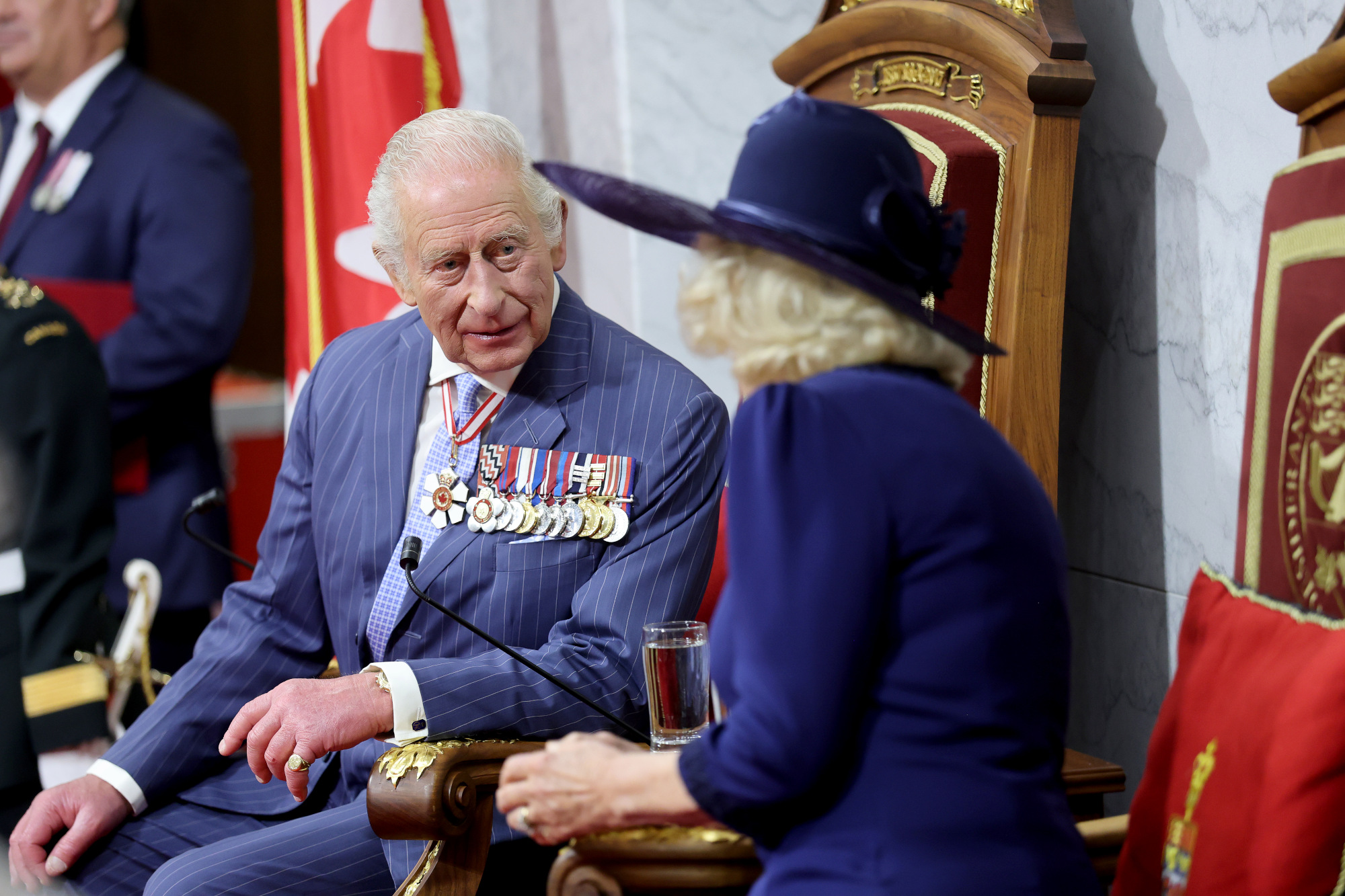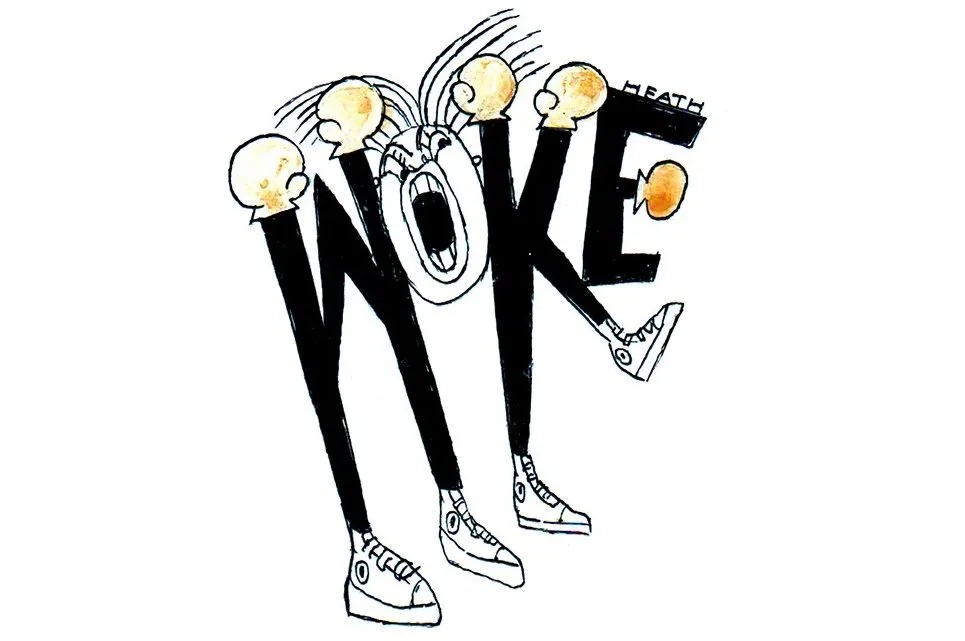One of the few certainties about the second season of And Just Like That… is that the Sex and the City reboot is as heavy-handedly woke as the first. Gender-nonbinary podcaster Che Diaz is back, in all of their jargony groansome-ness. Quota-filling black folk are magically incanted with Afropunk-inspired names like Nya and Toussaint. Historically black colleges are blithely name-checked; the requisite trans high-schooler is given equitable airtime; and we even encounter an upcycled wedding dress that carries Carrie Bradshaw to the Met Ball with eco-friendly aplomb.
One thing that’s missing, at least in the season’s early episodes, is Kim Cattrall, who’s wisely taken her saucy Samantha Jones shtick to an entirely different platform: the Netflix show Glamorous, which debuted last week. Blonde and buxom and brazen as ever, Cattrall plays the MILF-y ex-model and make-up mogul Madolyn Addison, whose steely calm is clearly intended to anchor Glamorous’s madcap narrative. Chic-er and foxier than ever, Cattrall certainly serves as a ballast. But it’s twenty-four-year-old actor Ben J. Pierce who really steals the show.
Pierce stars as Marco Mejia, a make-up loving, stiletto-strutting, brown-skinned zoomer still living at home with his mother while creating beauty content for his handful of followers and working the cosmetics counter at the mall. Clearly “queer,” clearly “ethnic,” clearly of questionable gender (Pierce came out as a trans woman in a TIME magazine essay in the week of the show’s release), Marco is an intersectional virtue-signal waiting to happen.
And yet, somehow, it never happens.
Glamorous clearly borrows from the Sex and the City/Devil Wears Prada/Emily in Paris canon of pop-kitsch; it could easily be called Marco in Manhattan. Yet as it roils into the absurd, Glamorous deftly displays a level of restraint and sophistication that could serve as primer for our identity-obsessed times. Make no mistake, there is nothing low-volume or closeted about either Marco or Glamorous. The former is here to slay — all day, every day with his bitchy bon mots and intensely fabulous outfits, and the latter, meanwhile, is BIPOC-packed and ready to represent — complete with drag-divas and gender-neutral bathrooms.
But Glamorous wisely knows where to stop. Rather than go the Che route and saddle Marco with a laundry list of identity markers, his character is simply left to be a boy (he calls himself as such minutes into the first episode). True, Marco may be a boy who adores a full lip and believes kitten heels are for amateurs, but make no mistake, Marco Mejia is a he/him. Perfectly paced and jargon-free, Glamorous is confident and cool and funny — unbothered by a misstep or clever bit of offense.
Indeed, rather than give in to the ease of identity politics, Glamorous’s writers have done the work of crafting characters with actual — and admirable — dimensionality. No more so than Marco — who could teach Dylan Mulvaney a thing or two about make-up and manifesting. For Marco, painting his face isn’t about gender, but power. He wears blush and blouses to feel bold and beautiful, not to transition into something (or someone) he clearly has no need to become.
Most crucially, instead of telling viewers how to feel about his looks, Marco tells us how he feels. At a time when the debate around gender is mired in the physical — hormones, surgeries, tucking — Marco offers a much-needed window into the emotional components of gender fluidity that leaves viewers cheering for more. Marco doesn’t need to force folks to accept him, because Marco already accepts himself. His mom loves him, his colleagues are scared of him and the hunkiest dude on the show AirDropped his name card at the gym.
Glamorous is a show where the LGBTQAI++++ outnumber the straights ten to one, but no one actually speaks like that. Yes, there are a few curious plot choices — such as why are all the white people rich? and all the rich people white? And what was the thinking behind making Addison’s nepo-gay son Chad so robotically heteronormative as to almost render him neutered? But there are far fewer curiosities than on And Just Like That, whose preening mediocrity leaves even the most forgiving Sex and the City fan begging for Samantha and Big.
The good news, at least for And Just Like That…, is that Cattrall is slated to make a cameo on the season finale, still a sloggy two months down the road. I’m an X-er and will probably stick it out — wokeness, identity-babble and all. But I’ll also be binge-watching Glamorous — prestige TV’s first truly post-woke program — for a primer on how to really preach about diversity and inclusion. Spoiler alert: Glamorous succeeds because it never preaches at all.



